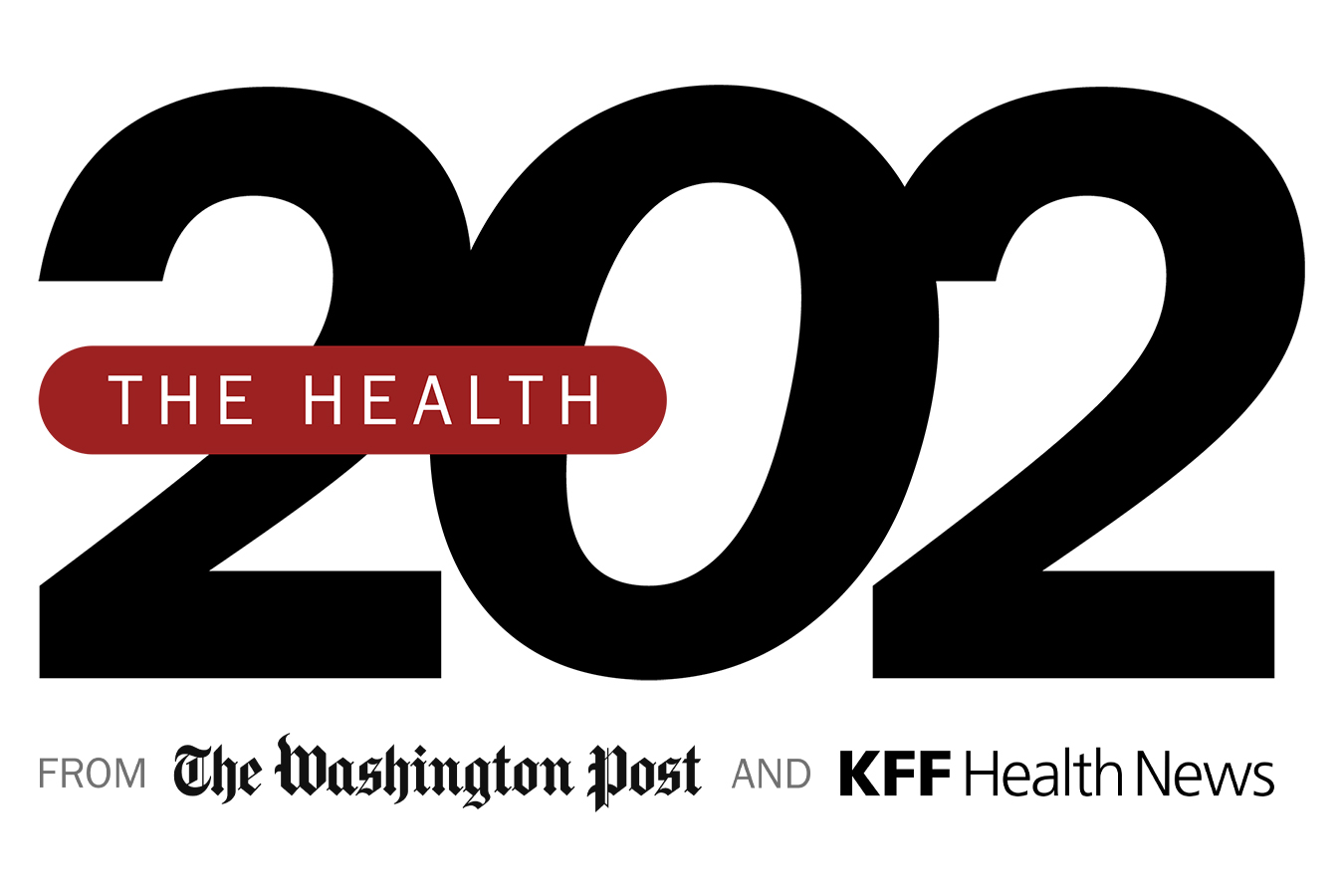In his 2015 State of the Union address, President Barack Obama announced a precision medicine initiative that would later be known as the All of Us program. The research, now well underway at the National Institutes of Health, aims to analyze the DNA of at least 1 million people across the United States to build a diverse health database.
The key word there is “diverse.” So far, the program has collected more than 560,000 DNA samples, and nearly half of participants identify as being part of a racial or ethnic minority group.
NIH researchers strategically partnered with community health centers, faith-based groups, and Black fraternities and sororities to recruit people who have been historically underrepresented in biomedical research.
“We are actually looking to overrepresent” these previously marginalized groups, explained Martin Mendoza, director of health equity for All of Us, which will continue to enroll participants through at least 2026, when researchers intend to evaluate the next phases of the project.
Their success to date is remarkable for a few reasons. Participation in biomedical research is typically low in diversity. And when it comes to genetics research specifically, diversity has been nearly nonexistent.
Since the completion more than 20 years ago of the Human Genome Project, which mapped most human genes for the first time, nearly 90 percent of genomics studies have been conducted using DNA from participants of European descent, research shows.
Humans of all races and ethnicities are 99 percent genetically identical. But even small differences in our DNA can have a profound impact on our health.
Here’s an example: A few years ago, researchers found that some Black patients had been misdiagnosed with a potentially fatal heart condition called hypertrophic cardiomyopathy because they’d tested positive for genetic variants that were thought to be harmful. But it turns out the variants, more common among Black Americans than among White Americans, are likely harmless. The diagnosis, though, is life-altering — patients with hypertrophic cardiomyopathy have traditionally been discouraged from competing in sports, for example.
Such misdiagnoses can be avoided if “even modest numbers of people from diverse populations are included in sequence databases,” NIH wrote.
Easier said than done. A genetics research project underway in South Carolina called In Our DNA SC is struggling to recruit enough Black participants. The scientists behind the project said two years ago they aimed to collect samples reflecting the diversity of the state, where 27 percent of residents identify as Black or African American.
“We’d like to be a lot more diverse,” said Daniel Judge, principal investigator for the study and a cardiovascular genetics specialist at the Medical University of South Carolina.
To date, only about 12 percent of participants who provided socio-demographic data identify as Black. An additional 5 percent identify as belonging to another racial minority.
This article is not available for syndication due to republishing restrictions. If you have questions about the availability of this or other content for republication, please contact NewsWeb@kff.org.
